There's no doubt about it. The secret to a successful first day of teaching is being prepared! But what exactly does that look like? How do you plan ahead for something you have never experienced? The truth is, your first day of teaching will be both exciting and stressful, and you probably won't think of everything. You might have trouble falling asleep the night before, you may even have nightmares about your first day going terribly, and you will probably wake up feeling slightly queazy. At least I find this to be true for myself. Every. Single. Year.
But don't worry! As Tonja and I continue our series for new teachers, we want to share the 10 Things we WISH someone had told us before our first day of teaching! I will be sharing 5 specific things here, and Tonja will share 5 more on her blog, so make sure you click through to read all 10. We are confident that these 10 Things will help you be SO much better prepared for your first day of school that we ever were!
1. IT'S OK IF YOUR CLASSROOM ISN'T "FINISHED".
We all want to put our best foot forward, especially where our first classrooms are concerned. And while I simply ADORE Pinterest, it can be a source of a lot of stress for new teachers. Don't get me wrong - I love a cute classroom! But I think Pinterest can also lead us to put a lot of pressure on ourselves to have the perfect room. And I am here to tell you that YOU MATTER MORE THAN YOUR CLASSROOM DECOR! So take a deep breath. I promise that the world will NOT end if your library isn't labeled (or you don't have enough books to feel like you can even call it a library!), your bulletin borders don't all match, and your walls seem bare.
SOLUTION: Prioritize having a space that is clean and tidy instead of perfectly designed.
Keep it simple! Instead of having a classroom theme, consider just choosing coordinating colors. I love the flexibility this provides me when finding materials for my classroom. I even prefer to leave my bulletin boards blank at the beginning of the school year. I cover them in brightly colored, non-patterned fabric and use a black border. I just love the way it pops! I love to use fabric because it doesn't fade and doesn't show holes from staples... which means I don't have to change it out every year! Keep in mind that fabric can be a bit of investment, but sometimes fabric stores will do 40% off one cut of fabric. I just measured out how many yards I would need total, got it all in one piece, then cut it down to fit my boards myself.
2. SOME KIDS WON'T COME PREPARED WITH THEIR SUPPLIES... AND SOME WILL COME OVER PREPARED!
Dealing with school supplies on the first day can bring even the most veteran teachers to their tipping point. Despite our best attempts to make sure students come prepared, someone (and probably several someones) will neglect to bring even the most basic of supplies. Then you will have kids that bring ALL the supplies. Like they bought the entire school supply aisle at Target and somehow managed to stuff it in their backpacks. These kids will feel the need to look at every single item all at once on their desks because let's face it, they love brand new school supplies as much as we do! I am all too familiar with the sound of an entire 120-count box of crayons being tipped onto their desk, then rolling off onto the floor in every direction. #facepalm
SOLUTION: Have a plan for getting their supplies inventoried and contained.
I start out the day with the following on their desks: play dough and a brown grocery sack. That's it! I will share more in-depth about the play dough in #3 below, but first... Why a brown paper grocery bag?! Well, I have to credit this idea to my mother who works in a grocery store. I was telling her about how my kids felt it was necessary to open every single supply and dump it on their desks, which then rolled on the floor, which then got mixed up with other kids' supplies, which started arguments... You can see the problem. She suggested, "Why don't you have them put everything in a grocery bag and then you can just deal with it later?" Sold. My mother is a genius!
The next year, she hooked me up with a class set of brown paper grocery sacks. I like these better than the plastic bags because they hold a lot more. If kids bring boxes of tissues, Clorox wipes, and everything else on their lists, it would typically take a couple plastic bags. But the paper grocery sacks seem to do the trick! They simply write their name on the bag, place all their supplies inside, and then we set them off to the side of the classroom. At different times during the first couple days, I set aside a moment with each student to go through their supply bag, take an inventory, and let them label things with a permanent marker. Then I distribute what they actually need to keep in their desks and the rest gets stored for later. This system has worked like a charm! Not only do my kids no longer dump everything out on their desks, but their supplies also last much, much longer.
But what about pencils? I choose to provide class supplies for the first day (or first few days). I like to sharpen enough pencils for each student to have 2 pencils, but I only pass out one set to begin. I provide a box of crayons (or two) for each table to share. I also have class sets of scissors, glue sticks, etc., so I use this time to teach them the procedures about how we use classroom supplies.
3. SOME KIDS MAY NOT BE ABLE TO DO WORK INDEPENDENTLY YET.
The experts agree that you should give your students something to DO independently as soon as they enter your room on the first day. Some suggest giving them an academic review sheet so they get the message "You will learn so much this year!" from very beginning. So I did it. I provided something that I thought was an academic review that kids should have no problem being able to complete.
Except I was wrong. They couldn't ALL do it. For some it was just a situational issue. They either hadn't brought supplies or the pencils they did bring weren't sharpened. But for some, it was because it wasn't academically appropriate. Instead of communicating to them, "This classroom is all about learning!" I had inadvertently communicated, "This classroom is going to be filled with things that are too hard for you." Worse yet, the kids may have even thought to themselves, I must be dumb if I can't do this. That was NOT the message I wanted to send to them the first few moments in my classroom.
SOLUTION: Ditch the worksheets. Provide the students with something hands-on that ALL of them can do.
One of my favorite ways to do this is to give them each a little plastic bag filled with play dough. Once I started using play dough, I knew I would never go back to another worksheet! It gives them something to do with their hands if they are feeling nervous. It gives them something to talk about if they want to, but introverts can also comfortably work by themselves quietly if they desire. It even gives them the opportunity to collaborate and share, especially if you give different colors to each person at the table. My favorite thing about using play dough is that it promotes divergent thinking. There isn't "one way" to create something - the possibilities are endless. And that is EXACTLY the message I want to send my kids their first moments in my classroom!
4. SOME KIDS WON'T KNOW EACH OTHER.
This was such a surprise to me! When I was in school, I spent each year with the same kids. We all knew each other really well and other students rarely moved in. Based on my own experiences in school, I made the assumption that my students would already know each other. This was not the case. I realize this isn't the case everywhere, but it is still important to keep in mind. It's especially important if you are working with a highly mobile population, such as near a military base or in a higher poverty setting.
SOLUTION: Build time into your first days of school to make sure your students can get to know one another.
I love to start each day of the school year with a family meeting right after the pledge and school motto is recited over the intercom. In the beginning, we play a lot of ice breaker games. I also intentionally plan team building and class building activities. One of my favorite ways to get to know students better and let them learn more about each other is a Name Investigation. It is also a fun way to get parents involved right from the beginning of the year!
5. SOME KIDS WON'T KNOW HOW THEY ARE GETTING HOME.
I know the experts say the best way to be prepared for your first day is to assume the kids don't know anything about anything, then plan accordingly. But I didn't for one second stop to consider they might not know how they were getting home. Again, based on my own experience in life, I just assumed their parents sat them down for a very long talk and/or pinned a special note to their shirt with their bus number on it. But alas, it was the end of the day, and several of my students had no idea how they were going to get home. And I panicked. I was so worried that the other teachers would think I was a terrible teacher because I honestly didn't know either! (Just another reason why you need to become BFFs with your school secretary. For real.)SOLUTION: Build time in to your school day to make sure you know how every student is getting home that day. Leave time to problem-solve.
I highly recommend keeping a list that specifies exactly how each student will be getting home. Also, don't assume that every student has the same transportation each day. Make sure that you build some time in during the day to record exactly how each student will be getting home that day. This is where the play dough comes in handy again. Let the class create something with play dough while you record, double-check, and problem-solve. I like to keep a student roster, then mark with a code how they will be getting home each day, such as these Student Transportation Forms. This is also really helpful information to include in your Substitute Resource Binder OR your Teacher Planner. I like to review this information as we are lined up for dismissal. I also keep the transportation list with me on my clipboard as we exit the building.
You May Also Like:
- Resume Tips for Teachers - Tips and templates for writing a traditional teaching resume
- How to Mentally Prepare for Your First Year Teaching - Practical ideas on how you can get ready this summer for your new teaching position!
- Building Positive Classroom Culture - Learn the one magic ingredient for positive classroom culture, as well as specific guidelines and strategies to implement
- Join our private >> Facebook group << for new teachers!

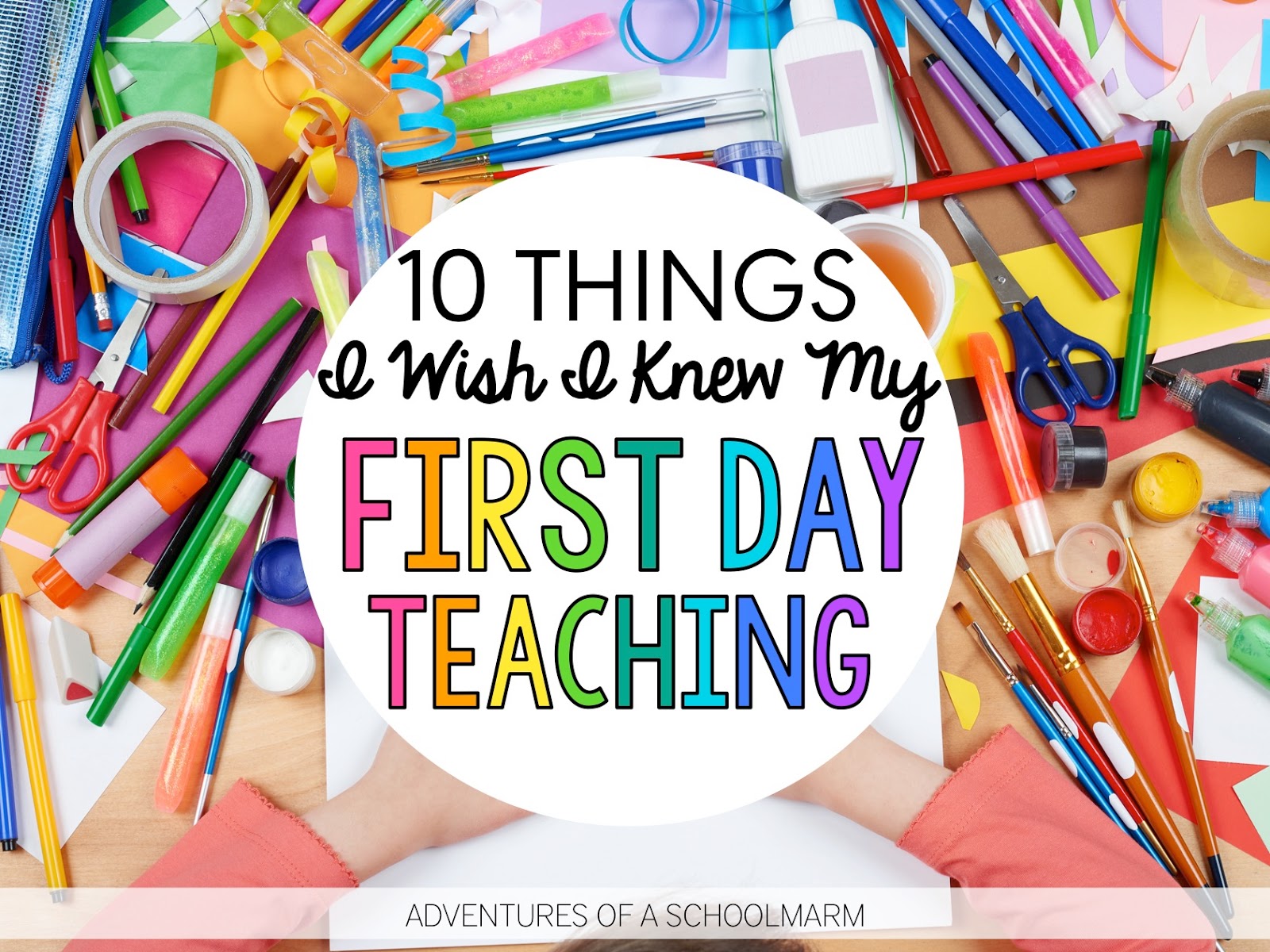
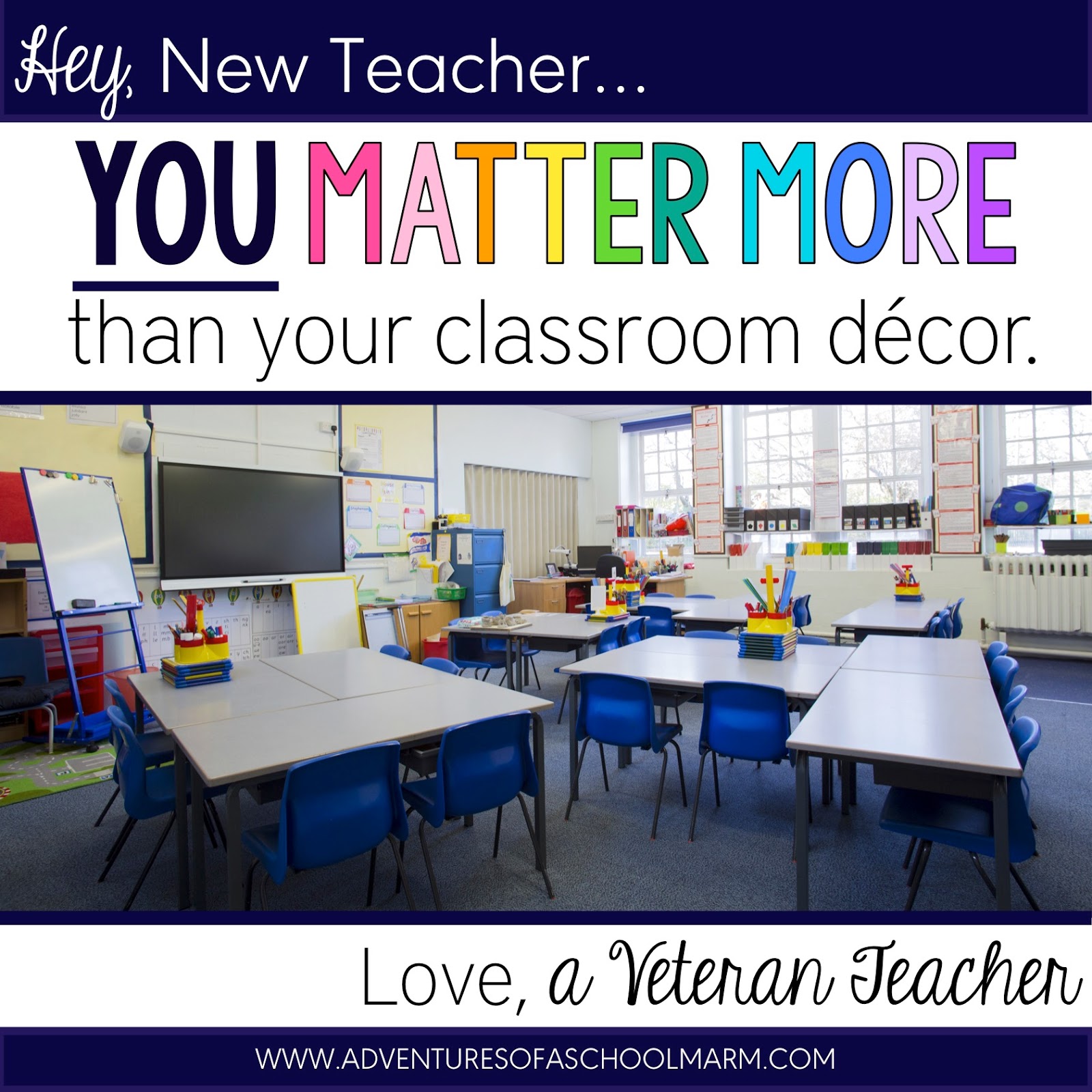
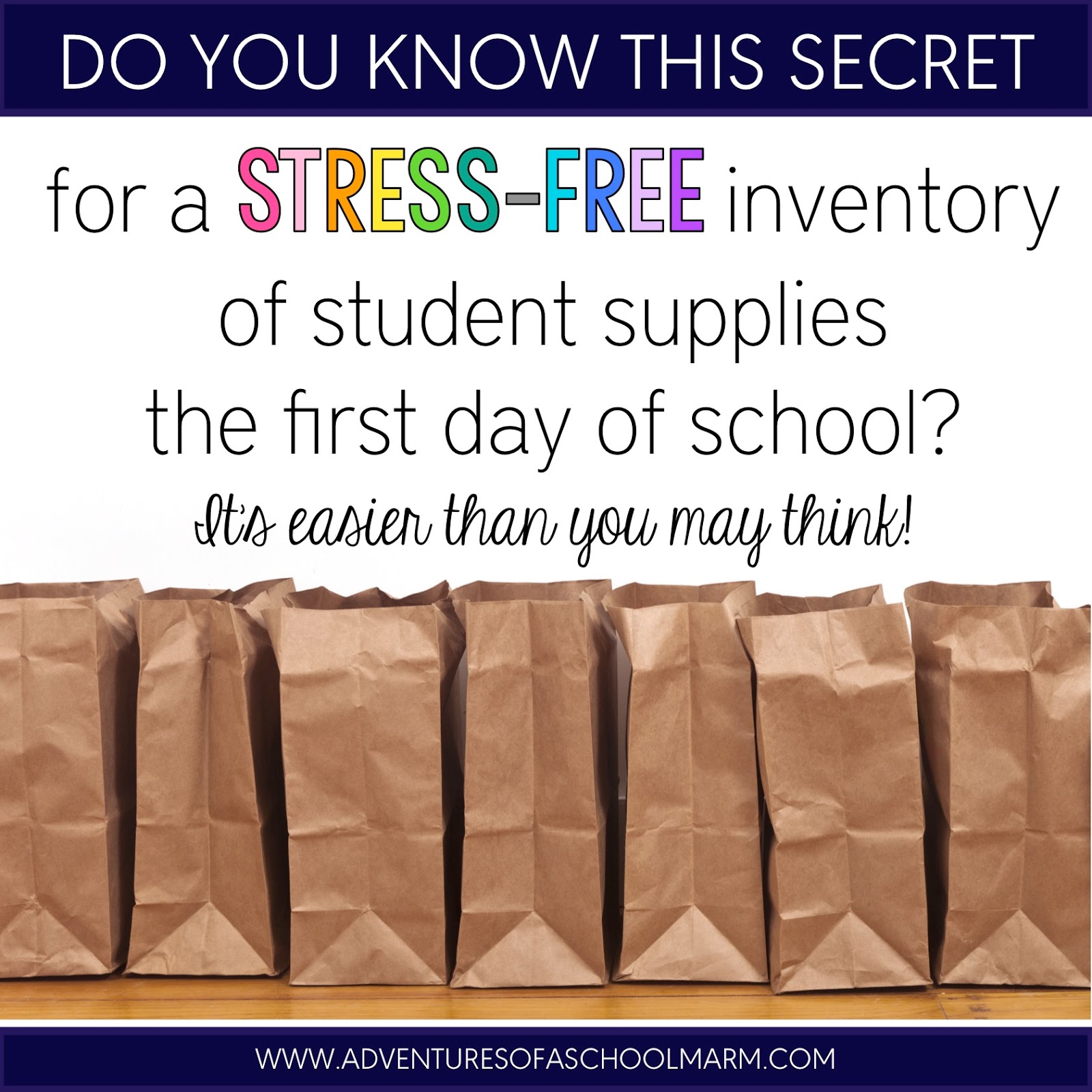
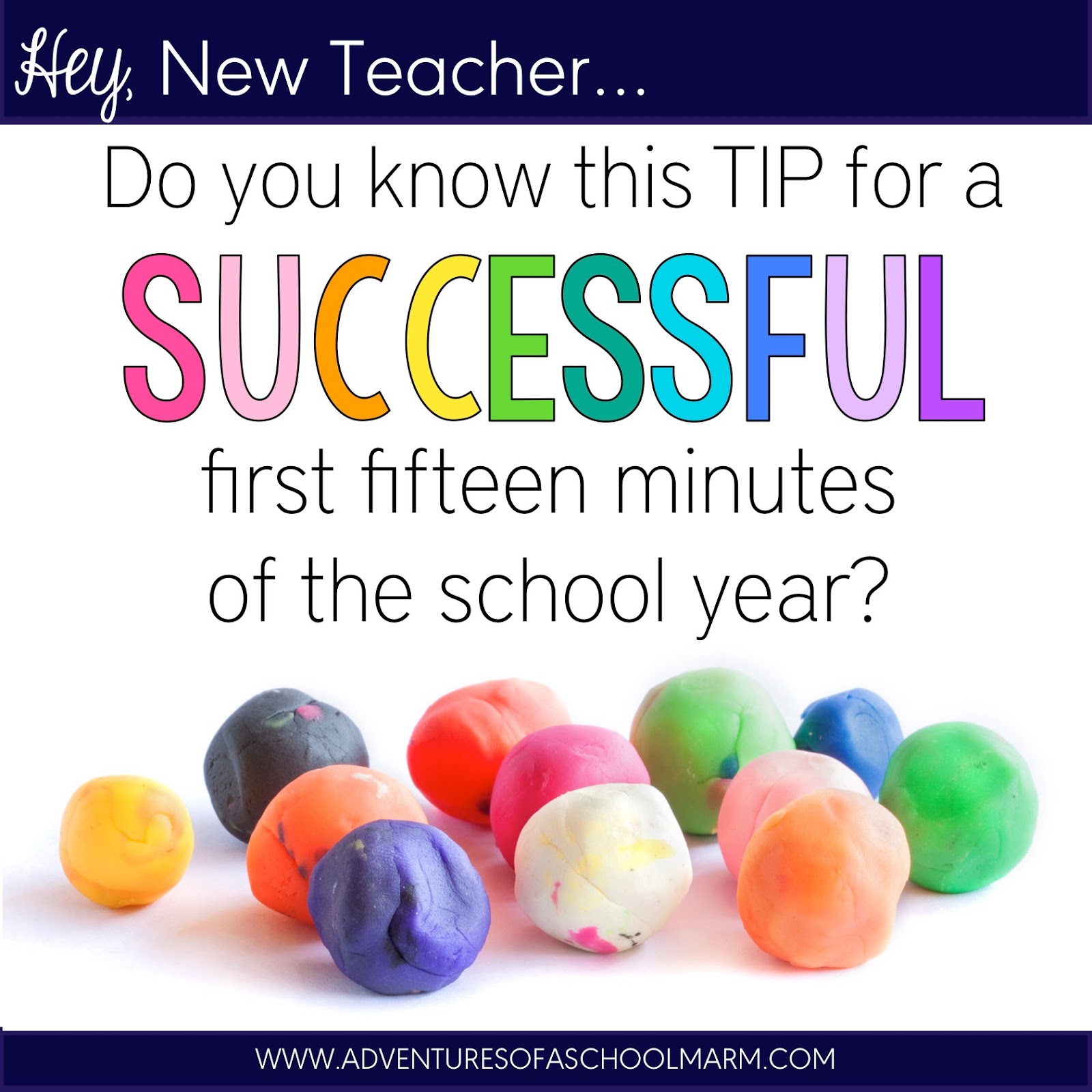


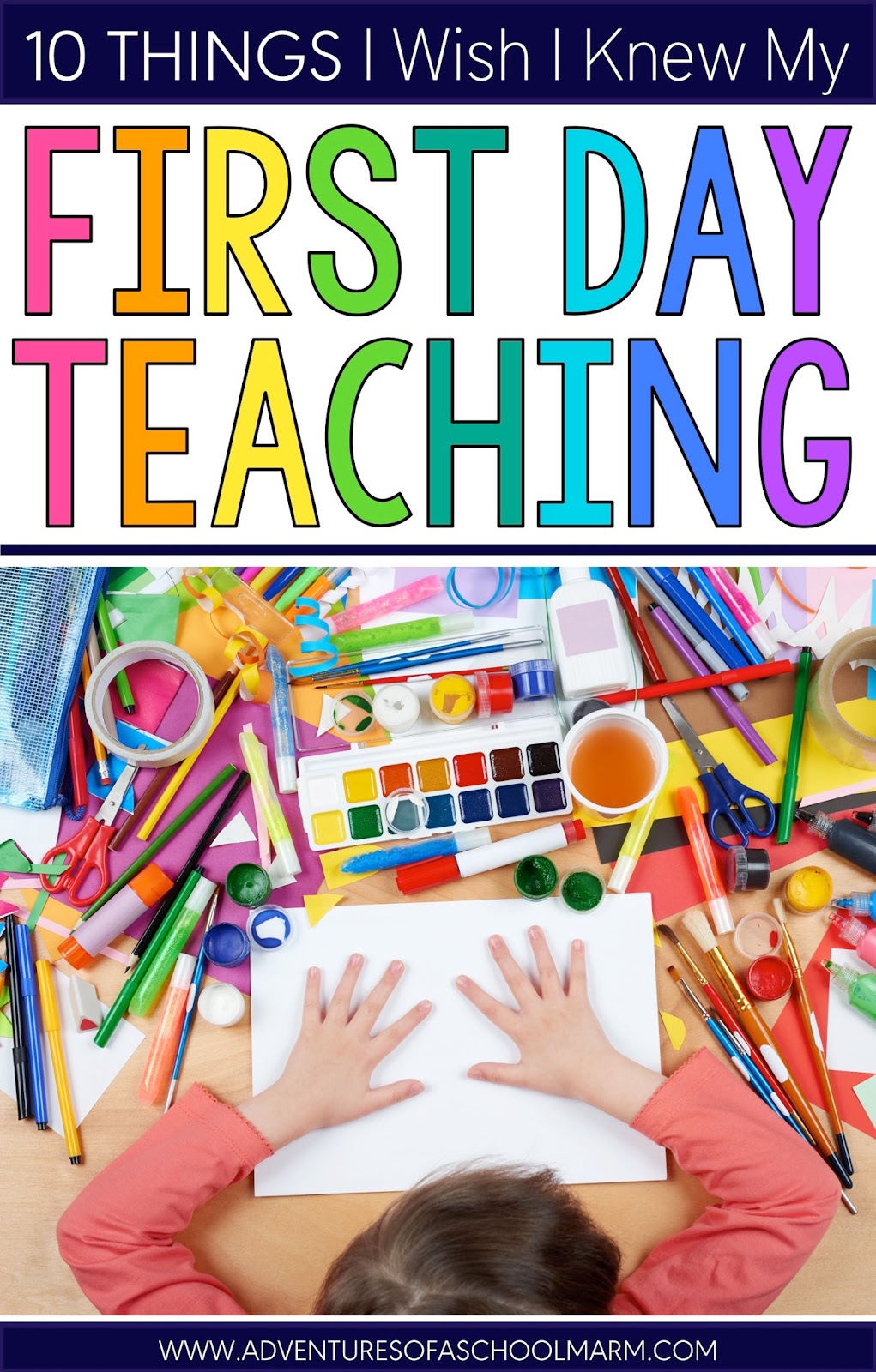


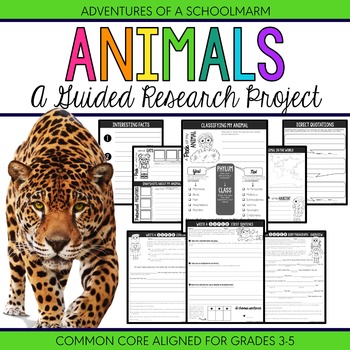
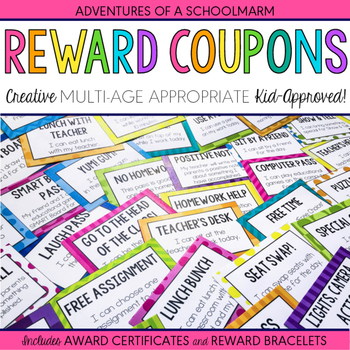
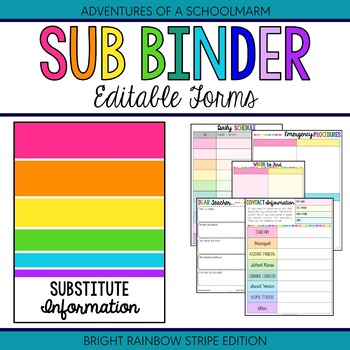
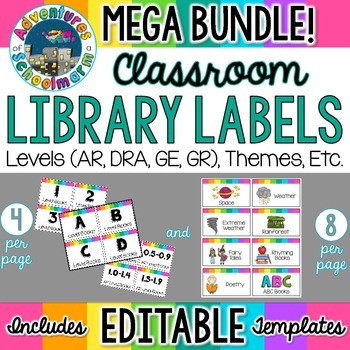
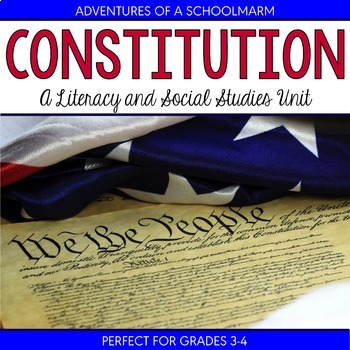
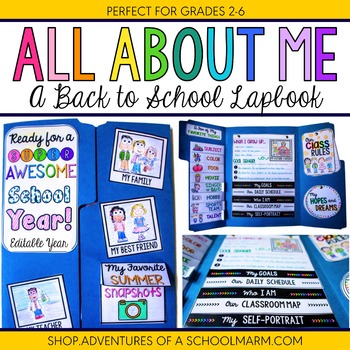

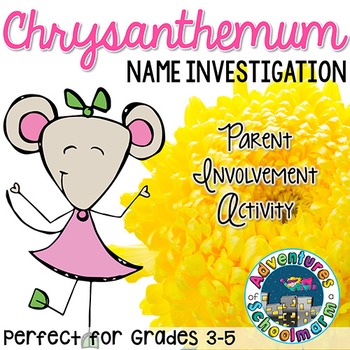



I like the paper grocery bag for supplies! I will definitely try to score some of those over the summer!
ReplyDeleteThey work like a charm! I start collecting them each time I go to the grocery in the summer. My grocery store has always let me take empty ones with no complaints. :D
Delete